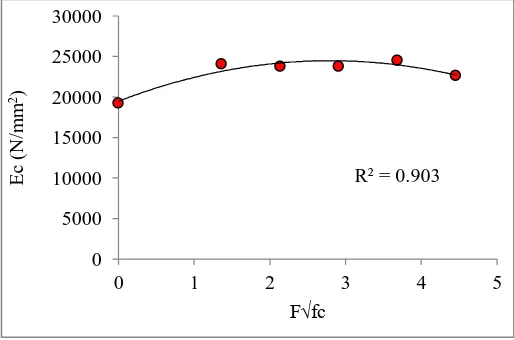Mechanical Properties of Hybrid Fiber Reinforced Concrete
Full text
Figure



Related documents
Proceedings of the 8th International Workshop on Tree Adjoining Grammar and Related Formalisms Proceedings of the 8th International Workshop on Tree Adjoining Grammar and
A non local problem with discontinuous matching condition for loaded mixed type equation involving the Caputo fractional derivative Sadarangani and Abdullaev Advances in
Therefore, recent studies have focused on the best approach and content of palliative care for patients with COPD. It is suggested to start palliative care early beside curative
Keywords : narrative criminology; capital punishment; death penalty; death row; death chamber; defiance; innocence; wrongful conviction; execution; procedural justice; final
Dafür werden beim örtlichen Aufwandsträger, dem Sozialreferat der Landeshauptstadt München (LHM), und beim staatlichen Aufwandsträger, der Regierung von Oberbayern, die
The similar sequences of single-measures may not start from the same time, but the similar sequences with close start time could be considered as in the same candidate
Groups of pili-vaccinated mice that were protected from subsequent challenge by a homologous (Ho) or heterologous (He) piliated strain had renal colonization density and